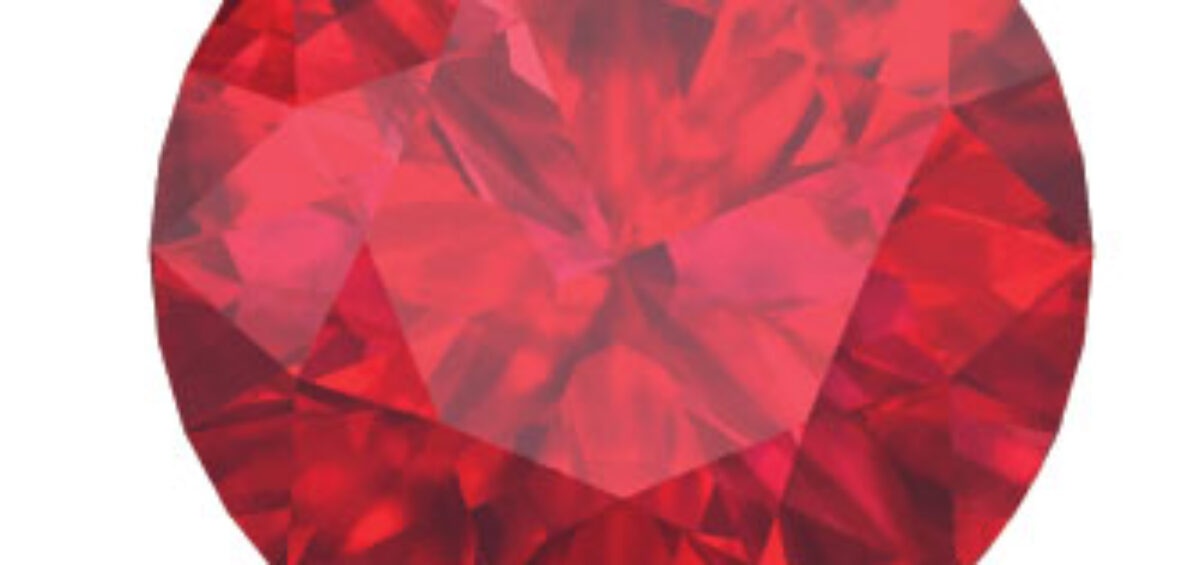Symbolic of passion, protection, and prosperity, ruby gemstones have been revered since ancient times. Rubies have been particularly prized in Asian countries. Records suggest that rubies were traded along China’s North Silk Road as early as 200 BC. Chinese noblemen adorned their armor with rubies because they believed the gem would grant protection.
Burma has been a significant ruby source since at least 600 AD. Burmese rubies are still some of the most prized of all ruby gems.
After classical Burmese mines were depleted, the Mong Hsu region of Myanmar started producing rubies in the 1990s. Though these lacked the rich red hue of traditional Burmese rubies, they were treated with heat to improve saturation and transparency. Heat-treated rubies is a common practice nowadays.
Though ruby has a long history, it wasn’t recognized as a variety of corundum until 1800. Prior to that, red spinel, tourmaline, and garnet were also believed to be ruby. Even the Black Ruby, one of the famed crown jewels of England, was considered one of the largest cut rubies until determined to be spinel.
Imitation ruby dates back as far as Roman times, though it wasn’t synthesized until the early 1900s.
The red fluorescence power of ruby helped build the first working laser in 1960. Rubies—both natural and synthetic—are still used to make lasers, as well as watches and medical instruments.




Leave a Comment